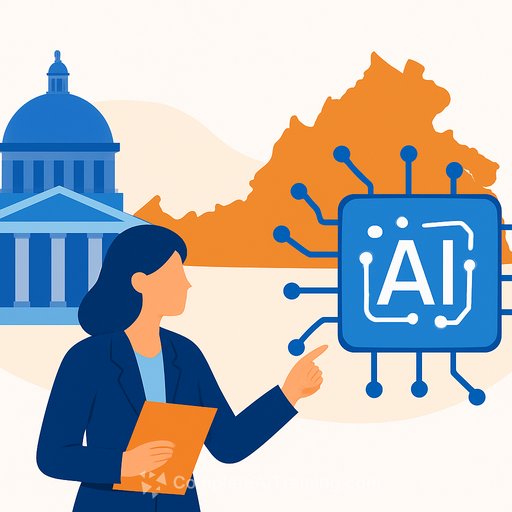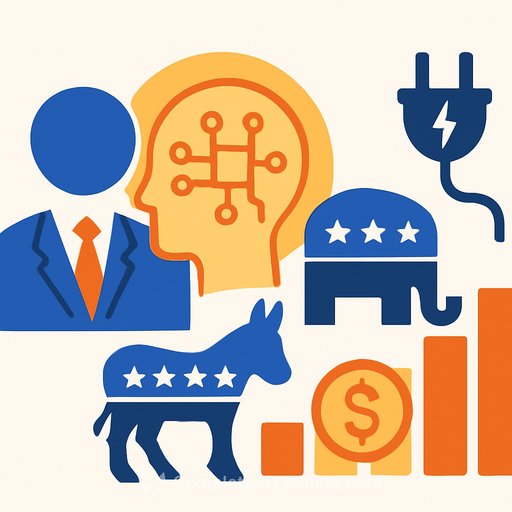Virginia moves to streamline AI across state government
Virginia lawmakers are pushing to make AI use in government clear, consistent, and accountable. Agencies are already using tools like Smartling and CoPilot Chat on public sites, but guidance has varied by department. The goal now: one source of truth, standard approvals, and fewer bottlenecks.
"VITA is aware of this and is looking to establish a role to be able to serve as that centralized AI information role which will also bring us in line with other peer states," said Kimberly Sarte, associate director for ongoing oversight and fiscal analysis.
Where things stand
According to a new report, the Virginia Information Technologies Agency (VITA) approved 90 of 182 AI project proposals. Each was submitted by different state agencies, with mixed results and timelines.
Sarte said some projects were approved or denied based on timing, rather than a clear policy difference. The legacy review process ran across multiple systems, which led to mismatched records and confusion. "For example, there were four listed in the official records as drafts, but it was then listed as 'approved' in the records system," she said.
What's changing
To clean this up, VITA is planning an AI resource team and a task force. Expect a centralized role, streamlined intake, and a consistent review path that's easier to follow and audit.
VITA's chief information officer, Bob Osman, told lawmakers the shift will take time but will touch every role. "Every job is going to involve some kind of AI," said Osman. "There's just no way around it."
What this means for agencies
- Assign a single AI point of contact for your agency to coordinate with VITA and track submissions.
- Inventory current AI use (e.g., chatbots, translation, copilots). Capture purpose, data inputs, outputs, and business owner.
- Document risk up front: data sensitivity, model provider, retention settings, human-in-the-loop checks, and accessibility impacts.
- Prioritize low-risk, high-impact use cases for early wins: website FAQs, translation, internal knowledge search, call-center assist.
- Standardize recordkeeping in one place. Keep status, approvals, and change logs aligned to avoid "approved vs. draft" conflicts.
- Build a training plan for staff who will review AI outputs. Clear guidelines beat ad-hoc judgment.
- Plan public transparency: describe what the tool does, how data is used, and how residents can opt out or get help.
Procurement and compliance notes
- Loop VITA in early. Timing issues caused past denials; early coordination reduces rework.
- Update contracts and SOWs to reflect data use, security controls, model hosting location, and audit rights.
- Set pilot boundaries: success metrics, risk thresholds, review cadence, and rollback criteria.
- Ensure language access and accessibility are built in, especially for chatbots and translation features.
Useful resources
Capacity building
If your team needs practical upskilling by role, see curated paths here: AI courses by job.
Your membership also unlocks:






